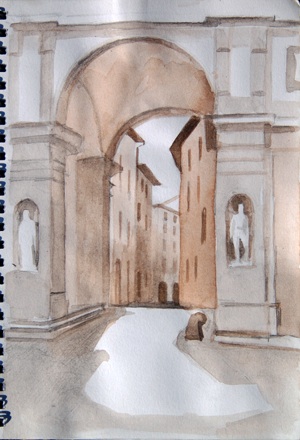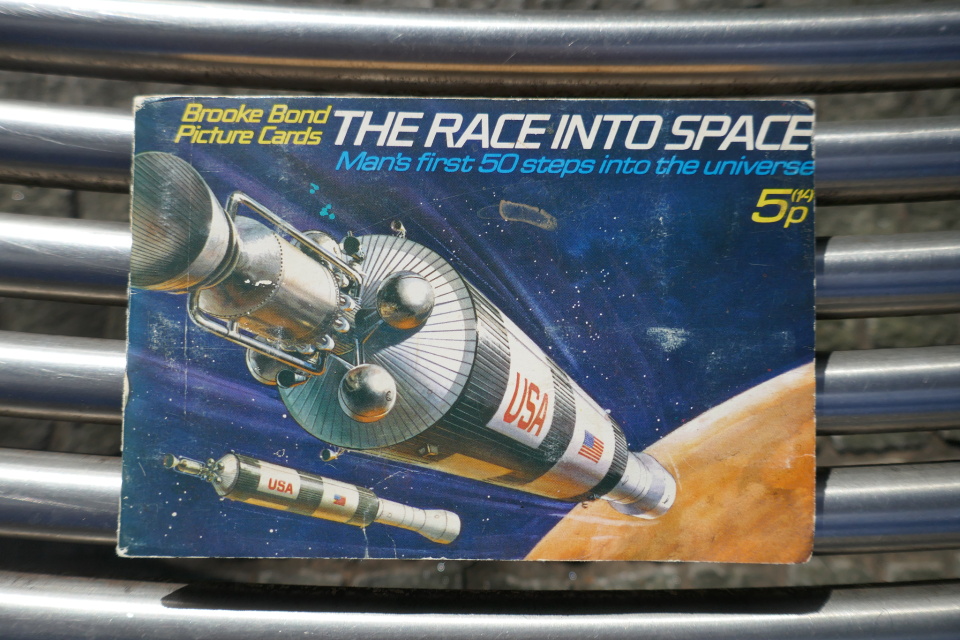

Later, working for Saddam Hussein, he designed a 500-foot long, 2100 ton super cannon that would allow Iraq to fire payloads into orbit. Disappointed, Bull went on to establish his own company to sell artillery wares to nations around the globe - Britain, Italy, Egypt, Israel, Australia, Angola, South Africa, and to both sides during the Iran-Iraq War of the 1980's. It came down on the proving ground about 30 miles from where it was shot.ĭespite the HARP gun's Yuma Proving Ground success, the project was cancelled shortly thereafter. As the Martlet reached maximum altitude, it released chemicals that glowed in the night sky and could be seen with the naked eye. The shell was tracked from three points - at Yuma Proving Ground, in the nearby town of Wellton and at Arizona Western College. YPG's famous HARP shot took place long after most employees had left for home at 11:56 p.m. Engineer Bull hoped to eventually fire a Martlet into earth orbit. While in the gun's barrel, the Martlet was surrounded by a wooden casing known as a "sabot" that held it tightly against the gun's bore, then fell away after leaving the tube. The Martlets were scientific research craft designed to carry payloads of chemical smoke, meteorological balloons or metallic chaff. Dubbed the "Martlet," they were cylindrical finned projectiles about eight inches wide and over five feet long. When the gun fired, it produced a huge explosion and plume of fire that gushed hundreds of feet into the sky.Īnother innovation were the supersonic shells developed for the gun.


The projectile reached a maximum velocity of 6,800 feet per second upon leaving the barrel. Instead of igniting the bottom of a 15-feet long stack of powder bags loaded into the gun's breech, the HARP gun ignited the charge at five separate points so the entire charge would ignite simultaneously. To achieve this success, engineers devised a number of technological innovations, one of which was a new ignition system.

A record was also set that day for the greatest amount of powder ever loaded into a gun - 1225 lbs. It was a world altitude record that still stands. payload 111 miles high, into the lower reaches of space. At 118 feet in length, YPG's HARP gun was the largest artillery piece in the world and, in October 1966, it fired a 185 lb. Though the bulk of the HARP project's well over 100 artillery firings took place on the island of Barbados, one of the most significant occurred at Yuma Proving Ground. While he was unaware of the technical impossibilities, it made for an entertaining tale. In the 1865 science fiction novel "From the Earth to the Moon," Jules Verne told the story of space travelers propelled to the moon by a cannon shot. The payload must be slender enough to fit into the barrel and must be capable of surviving the huge acceleration force of a cannon blast. Also, cannons are simpler and cheaper to operate.īut disadvantages also exist. Cannon "fuel" is contained and expended within a gun barrel, plus, it offers far more explosive bang for the buck than rocket fuel. When a rocket blasts off, it must carry not only its own weight, but also that of the fuel. The great dream of his life was to fire supersonic cannon projectiles from the earth directly into outer space.īallistically speaking, a space cannon made some sense, for the idea offered several advantages over rockets. Officially called the "High Altitude Research Project," or "HARP," for short, the program was the brainchild of gifted engineer Gerald Bull, a native of Canada. One such monster gun was constructed at Yuma Proving Ground and, though it hasn't fired a projectile in decades, it remains today, slumbering in the desert. While numerous rocket-powered space missions were conducted by both powers, less well known are the thundering experiments with giant cannon developed to fire scientific payloads into space. Notable hallmarks of the 1960's were precisely engineered rockets for space travel constructed by the Soviet Union and the United States, with the goal being to obtain bragging rights as the first nation to land a manned mission on the moon. Space cannon blasts into 1960's space race


 0 kommentar(er)
0 kommentar(er)
